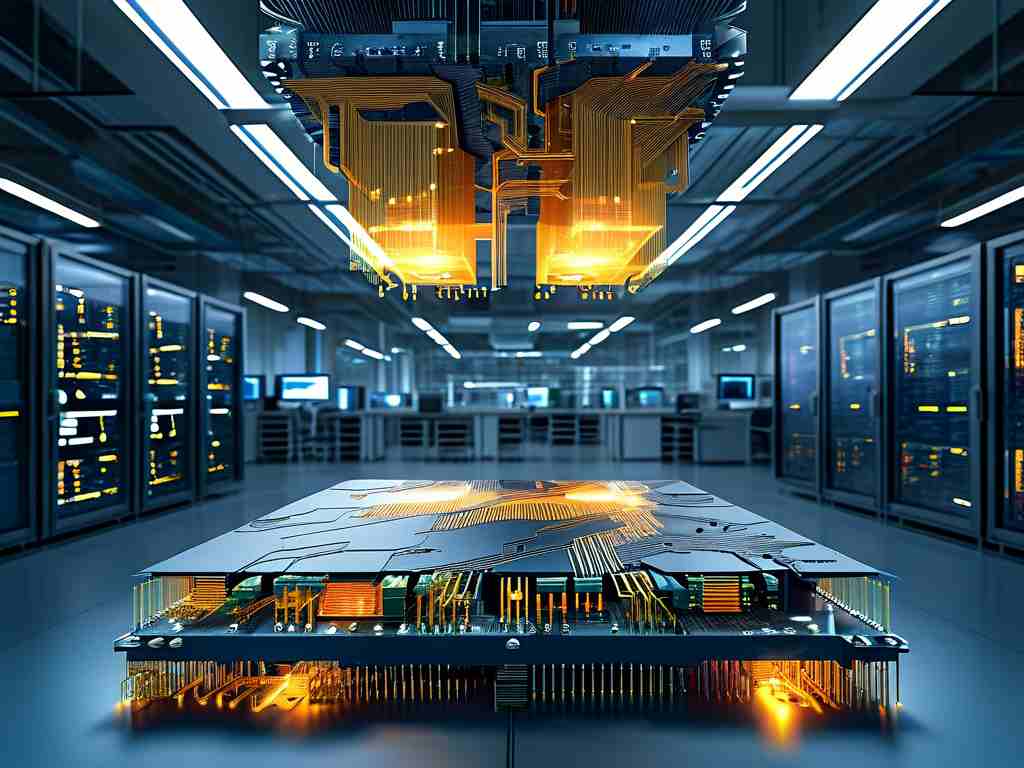In today’s rapidly evolving digital landscape, the integration of cybersecurity and distributed architectures has become a cornerstone for building resilient and scalable network systems. As organizations increasingly rely on decentralized infrastructures to handle massive data flows and complex operations, understanding the interplay between security and distribution is critical. This article explores key secure distributed architectures, their applications, and best practices for implementation.

The Rise of Distributed Architectures
Distributed architectures, characterized by their decentralized structure, enable systems to operate across multiple nodes or servers rather than relying on a single central hub. This design inherently improves fault tolerance, scalability, and performance. However, the distributed nature also introduces unique security challenges, such as data consistency, node authentication, and attack surface expansion. To address these issues, modern solutions combine advanced cryptographic techniques, consensus algorithms, and real-time monitoring frameworks.
Core Secure Distributed Architectures
-
Blockchain-Based Systems
Blockchain technology exemplifies a secure distributed architecture through its use of cryptographic hashing and consensus mechanisms like Proof of Work (PoW) or Proof of Stake (PoS). By decentralizing data storage and validation, blockchain minimizes single points of failure and ensures tamper-resistant records. Industries such as finance and supply chain leverage blockchain for secure transactions and transparent auditing. -
Federated Learning Frameworks
Federated learning enables machine learning models to be trained across decentralized devices or servers without sharing raw data. This architecture enhances privacy by keeping data localized while aggregating model updates securely. For instance, healthcare institutions use federated learning to collaborate on predictive analytics without compromising patient confidentiality. -
Edge Computing Networks
Edge computing distributes processing power closer to data sources (e.g., IoT devices), reducing latency and bandwidth usage. Secure edge architectures incorporate hardware-based Trusted Execution Environments (TEEs) and encrypted communication protocols to protect sensitive operations at the network’s periphery. Autonomous vehicles and smart cities rely on these systems for real-time decision-making.
Security Challenges and Mitigations
While distributed architectures offer robustness, they are not immune to threats. Common risks include:
- Node Compromise: Malicious actors may target individual nodes to disrupt operations. Mitigation involves zero-trust policies and continuous node health checks.
- Data Leakage: Distributed systems often transmit data across nodes, increasing exposure. Solutions like end-to-end encryption and homomorphic encryption ensure data remains secure during transit and processing.
- Consensus Attacks: In blockchain-like systems, attackers might attempt to manipulate consensus. Hybrid consensus models (e.g., combining PoW and Byzantine Fault Tolerance) strengthen resistance.
Implementation Best Practices
Adopting a secure distributed architecture requires strategic planning:
- Layered Defense: Integrate firewalls, intrusion detection systems (IDS), and role-based access control (RBAC) across all nodes.
- Automated Auditing: Use tools like automated penetration testing and anomaly detection to identify vulnerabilities proactively.
- Interoperability Standards: Ensure compatibility between distributed components using APIs and protocols like TLS 1.3 or QUIC for secure communication.
Case Study: Decentralized Cloud Storage
A practical example of secure distributed architecture is decentralized cloud storage platforms like IPFS (InterPlanetary File System). Unlike traditional cloud services, IPFS splits files into encrypted shards stored across multiple nodes. Users retrieve data via content-addressed hashing, eliminating reliance on centralized servers. This approach not only enhances security but also improves redundancy and access speed.
Future Trends
Emerging technologies such as quantum-resistant cryptography and AI-driven threat detection are poised to redefine secure distributed architectures. Quantum-resistant algorithms will safeguard systems against future decryption threats, while AI can dynamically adapt security protocols based on network behavior patterns.
In , secure distributed architectures represent a paradigm shift in how modern networks are designed and protected. By balancing decentralization with robust security measures, organizations can build systems that are both agile and resilient. As cyber threats grow in sophistication, continuous innovation in distributed security frameworks will remain essential for sustaining trust in the digital age.









